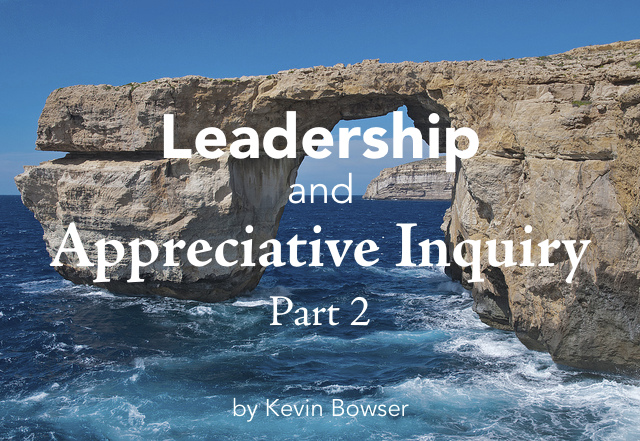
I had a “vigorous” discussion several months ago with someone whose opinion I have always valued. I have not always agreed with it. And in fact, I did not agree with it in the context of that vigorous discussion. However, I had reflected upon something that he said to me and have decided to put make of those thoughts available to Leadership Voices.
He challenged me to consider the Appreciative Inquiry (AI) Model rather than the model of problem solving that I tend to employ. I was not as versed in AI as he. And you may not be as well. If so, consider this quick definition of AI.
Appreciative inquiry (AI) is a model for analysis, decision-making and the creation of strategic change, particularly within companies and other organizations. It was developed at Case Western Reserve University’s department of organizational behavior, starting with a 1987 article by David Cooperrider and Suresh Srivastva. They felt that the overuse of “problem solving” as a model often held back analysis and understanding, focusing on problems and limiting discussion of new organizational models.
The model is based on the assumption that the questions we ask will tend to focus our attention in a particular direction. The more common methods of assessing and evaluating a situation and then proposing solutions are based on what AI terms a “deficiency model.” Some of these more common methods ask questions such as “What are the problems?”, “What’s wrong?” or “What is broken and needs to be fixed?”.
Appreciative Inquiry has 5 Principles:
Click here to read the rest of the article »
Caring is sharing. Will you please share this with your network?



